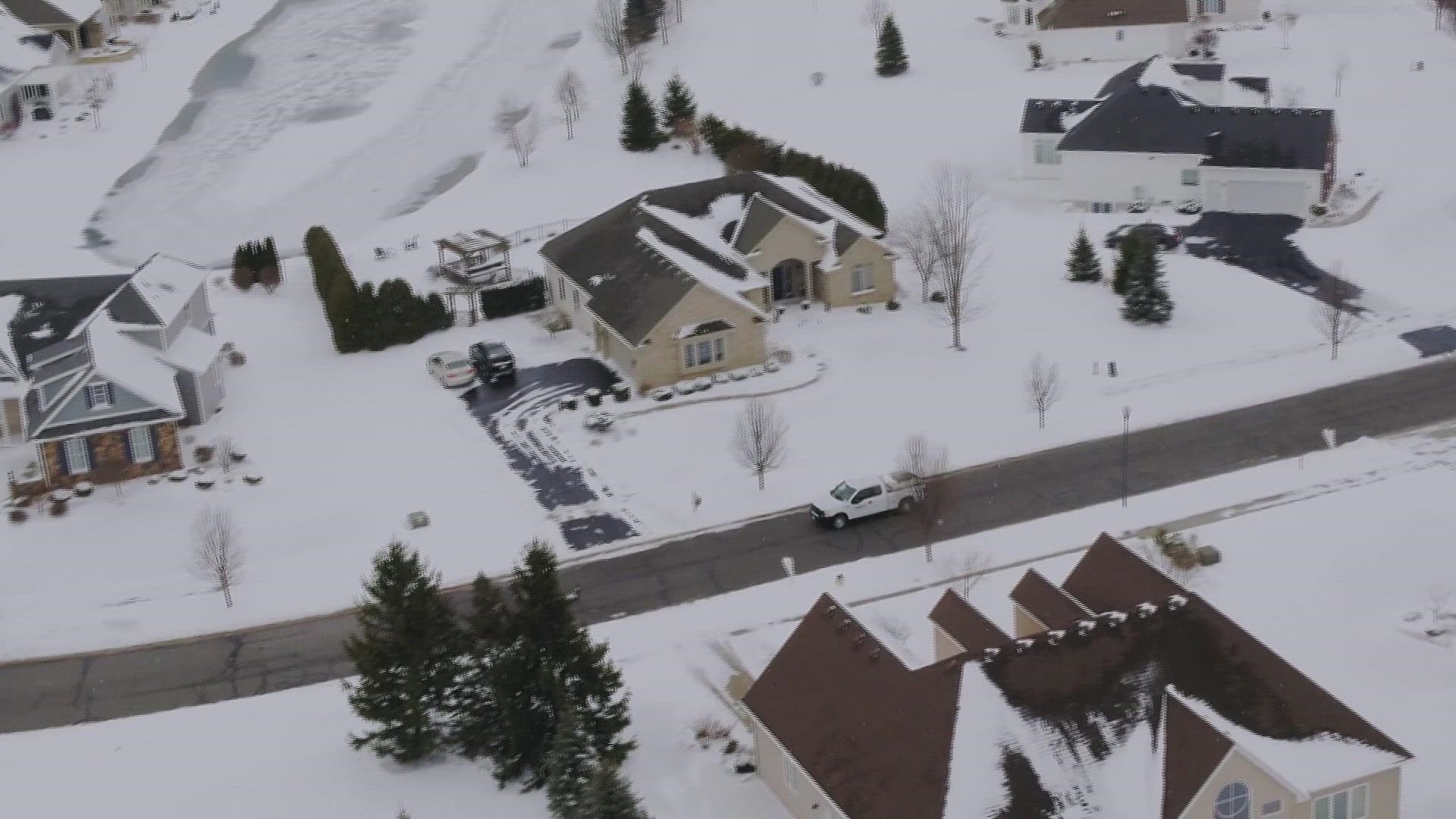TOLEDO, Ohio — Ready or not, cold and snowy weather is right around the corner. For some, that means long hours shoveling snow. For others, snowy weather opens the door for fun winter activities. Whether you’re shoveling or exercising this winter, ProMedica cardiologist Dr. Daniel Cassavar says there are things you can do to be safe while working or playing in the snow.
“As a cardiologist, every year we try to avoid, but see, a lot of patients who have been exposed to cold weather and have had a heart attack," said Dr. Cassavar." A lot of them were shoveling snow or doing outdoor activities that they may or may not have been OK to do at the time.”
Whether you’re shoveling or exercising, warming up is an important way to prepare the heart and muscles for activity.
ProMedica sports medicine Dr. Erica Martin explains.
“Doing a quick warmup inside just to kind of get your heart going and get your breathing a little bit elevated too might be a good idea,” said Dr. Martin.
Warming up is just one of several ways to prime your body for strenuous exercise however.
“We’d ask people to warm up, and then get warm clothing in layers if they can, and then start slower. Smaller shovels, smaller loads, take your time, and take breaks in between,” said Dr. Cassavar.
Taking breaks and taking it slowly is especially important for those who are older and have preexisting medical conditions.
“If you’re over 45 or 50, especially if you have known heart disease, you probably shouldn’t be doing it," said Dr. Cassaver. "If you absolutely have to do it, you need to get warm, stay warm, cover your face so that you’re not breathing ice cold air, and go slow at it and take breaks in between.”
Other safety precautions are as simple as wearing reflective clothing while outside in the dark winter months.
“Anything that you can do to make yourself as visible as possible to those around you," said Dr. Martin. "Then avoiding, whenever possible, running or exercising in the road in those situations because cars aren’t always necessarily going to see you."
Clothing can keep you not only visible, but also warm, which is equally important for shoveling and recreation, right down to the bottom of your feet.
“Socks that are made with wool in particular. So I tell people, ‘cotton is rotten’ especially when you’re exercising outside because cotton just gets wet and then you get cold and then you can get chafing and blisters.”
Whether you’re shoveling, sledding, running, or walking in the cold and snow, you should look out for a few warning signs of overexertion.
“You’ll start to see pain and then numbness of hands or digits. They will start to get more of a confused look, a glazed look. Less responsive, more fatigued, a lot more short of breath. Those are warning signs that there’s a problem,” said Dr. Cassavar.
But even with the inherent risks of shoveling and exercising, staying active during the winter months is important for your mind and body.
“Exercise is super important for us from a mental health perspective and with the light being reduced in the wintertime I think it’s really important. So again, just finding something that you enjoy doing and doing that on a regular basis,” said Dr. Martin.
Whatever you enjoy doing to stay busy and active during the winter, the WTOL 11 weather team will keep you updated and informed on the latest forecast no matter what Mother Nature has in store.
More from WTOL 11:

